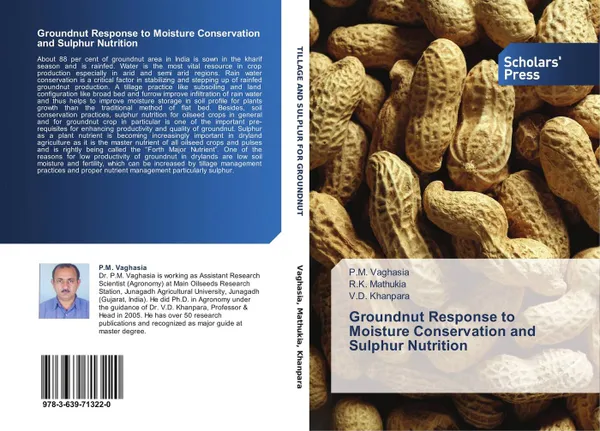Groundnut Response to Moisture Conservation and Sulphur Nutrition
2014
Переплёт: Мягкая обложка, 164 страницы
Категория: Научная литература
Тираж: 500
📘 About 88 per cent of groundnut area in India is sown in the kharif season and is rainfed. Water is the most vital resource in crop production especially in arid and semi arid regions. Rain water conservation is a critical factor in stabilizing and stepping up of rainfed groundnut production. A tillage practice like subsoiling and land configuration like broad bed and furrow improve infiltration of rain water and thus helps to improve moisture storage in soil profile for plants growth than the traditional method of flat bed. Besides, soil conservation practices, sulphur nutrition for oilseed crops in general and for groundnut crop in particular is one of the important pre-requisites for enhancing productivity and quality of groundnut. Sulphur as a plant nutrient is becoming increasingly important in dryland agriculture as it is the master nutrient of all oilseed crops and pulses and is rightly being called the “Forth Major Nutrient”. One of the reasons for low productivity of groundnut in drylands are low soil moisture and fertility, which can be increased by tillage management practices and proper nutrient management particularly sulphur.
Мнения
